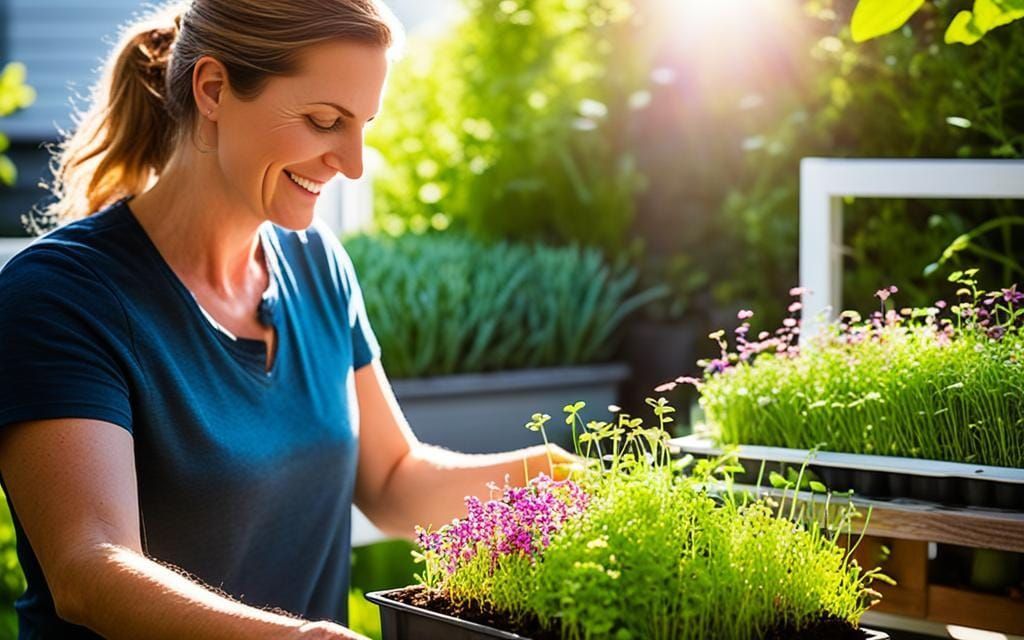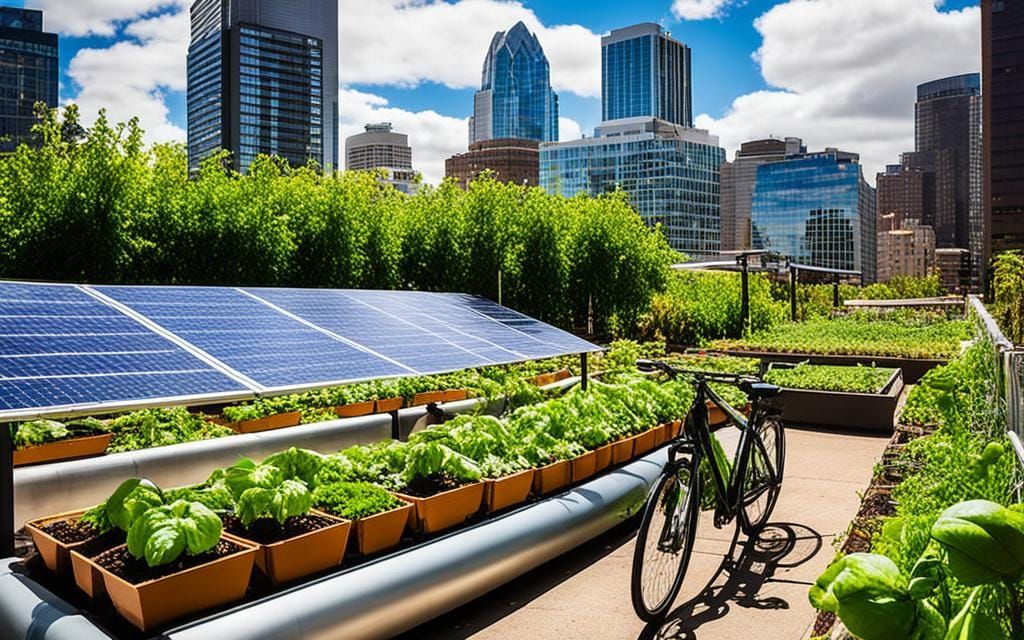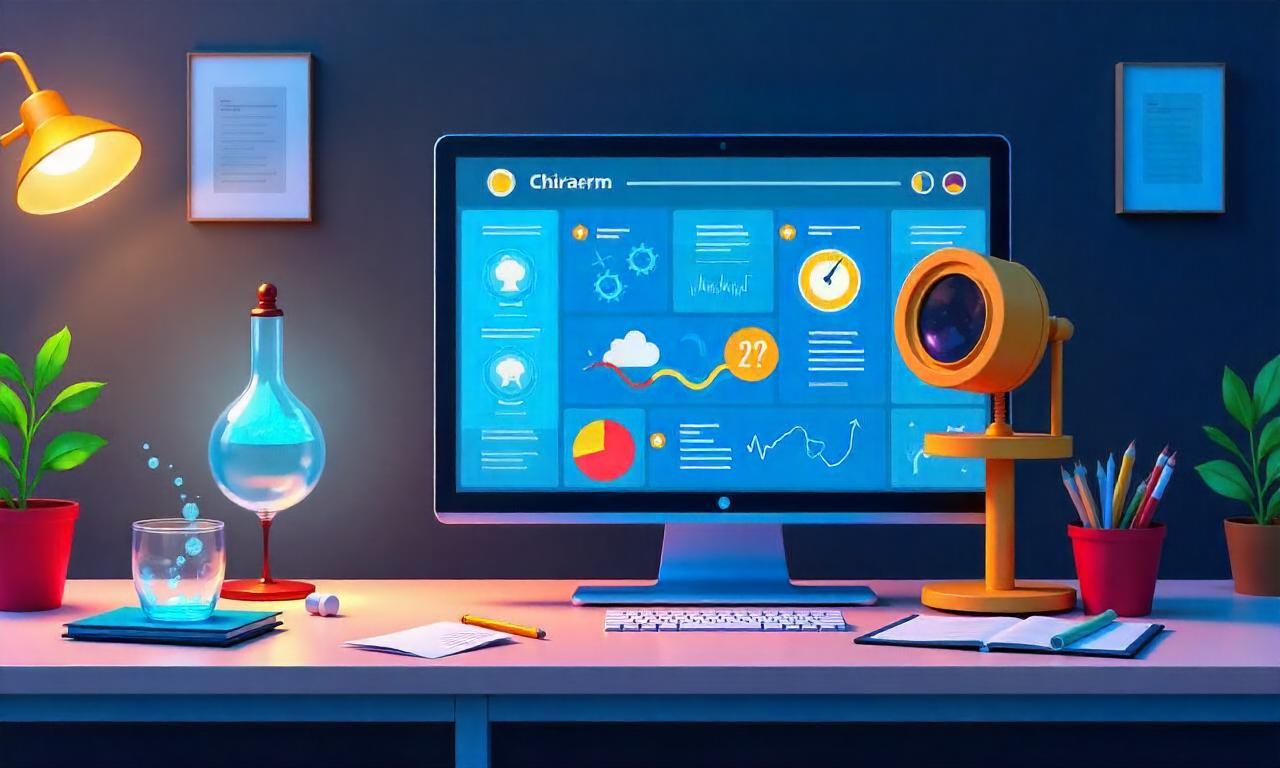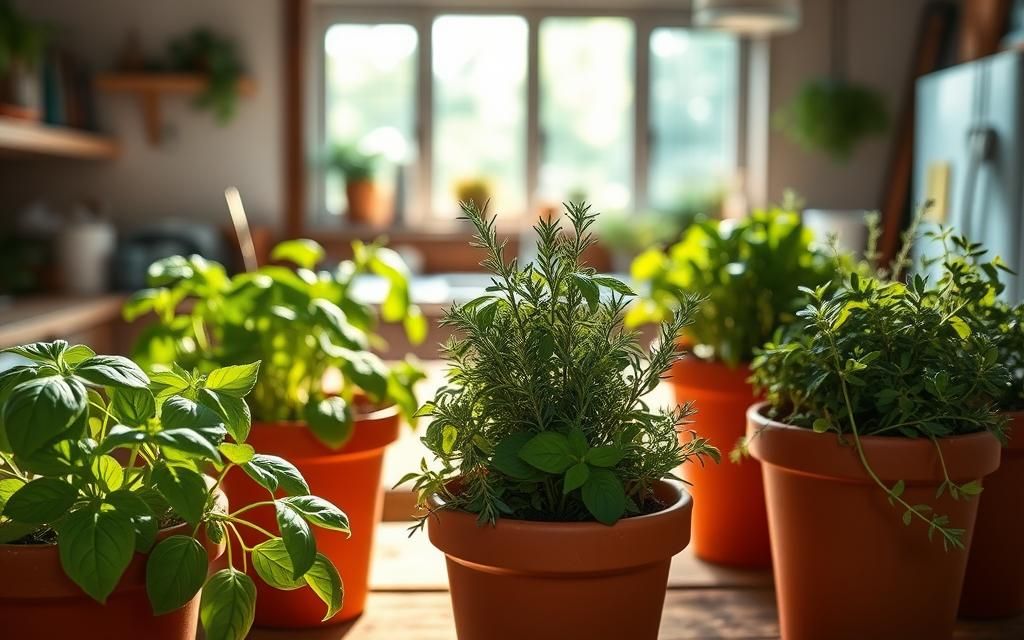Sustainable Living Ideas for Everyone – The past 50+ days of lockdown have shown us how vital sustainable living is. It’s good for our planet and all living things. Making small changes can lead to big changes when many do it.
This article will share ways to live more sustainably. These ideas can lessen our impact on the environment and save money. We’ll look at how to reduce waste, grow our own food, and use eco-friendly transport.
By choosing to live more sustainably, we can all make a big difference. Together, we can protect the Earth and ensure a better future. Let’s start making those changes now!
Table of Contents
ToggleBegin Your Journey Towards Minimalism
Minimalism means living with less and choosing what you really need. In 2013, the author started this journey, owning just two bags. This change made the author feel free and happy, showing that happiness isn’t about stuff.
Living Out of Two Bags: My Minimalist Journey
Minimalism changed my life for the better. I now own only what I really need, which gives me freedom and clarity. I’m not weighed down by things I don’t use, so I focus on what’s important.
Why Embrace Minimalism for Sustainable Living?
Minimalism fights against the harm of fast fashion, a big polluter. It helps reduce waste and our need for more stuff. I learned that living simply means not buying things just because others do or because ads tell us to.
Sustainable fashion is another way minimalism helps. By choosing quality over quantity, I lessen my impact on the planet. This way, I have a wardrobe that’s meaningful and good for the earth.
Minimalism is a personal choice, but it brings big benefits. It helps us stop buying things we don’t really need. By living this way, we move closer to a greener future.
Segregate, Compost, Reduce and Recycle Your Waste
Handling waste mindfully is key to living sustainably. Seeing the tough conditions of waste workers made the author think more about sorting waste at home. Now, the author sorts waste into wet (compostable) and dry (recyclable) types.
How to Segregate and Compost Waste at Home
The author uses a backyard compost pit or an indoor Eco Bin for wet waste. This makes nutrient-rich compost. Dry waste goes to local recycling centers if possible.
Tips for Low-Waste and Plastic-Free Living
The author also practices low-waste and plastic-free living. This includes using reusable bags and switching to bars for shower gel and shampoo. Making snacks at home and choosing refillable products are also part of it. The author even tried living zero-waste for a month while traveling.
It’s important to cut down on single-use plastics and find new ways to reuse, recycle, or compost waste. This helps us live more sustainably.
Embrace Compassion-Driven Sustainable Living
Sustainable living is more than caring for the environment. It’s also about living ethically and with compassion. By eating less animal products, we help the planet.
Producing meat and dairy harms the environment. It leads to more greenhouse gases, deforestation, and water pollution. Eating more plants can reduce our impact on the earth.
Documentaries like “Cowspiracy” and “The Game Changers” show how animal farming affects us. Books such as “Eating Animals” and “The China Study” offer insights into our food choices. They help us see the health and ethical sides of eating.
Choosing a compassionate lifestyle means caring for all living things. Eating less animal products shows we value life and fairness. It makes our actions match our beliefs.
Sustainable living is about taking care of the earth and doing what’s right. By choosing with care and compassion, we can make a better world. A world that’s kind to the planet and all living things.
Grow Your Own Food: Microgreens and Beyond
Growing your own food is a great way to live sustainably. The author loves growing microgreens, vegetables, and more at home. It cuts down on industrial food and connects us to nature. Gardening at home is rewarding and can lead to more sustainable choices.
The Joy of Growing Your Own Produce
Cultivating your own food is fulfilling. Seeing seeds grow and harvesting your produce is rewarding. Growing microgreens and other produce at home connects you to nature and gives you control over your food.
Practical Tips for Home Gardening
The article offers tips for starting a home garden. You can compost kitchen waste, use small spaces for growing, and try container gardening. Start small and grow as you get more confident and experienced.
| Gardening Tip | Benefit |
|---|---|
| Compost kitchen waste | Enriches the soil with valuable nutrients |
| Utilize small spaces | Grows microgreens and produce even in limited areas |
| Try container gardening | Requires minimal effort and maintenance |
These tips help you start your home gardening journey. Begin small and grow as you gain confidence. This can lead to more sustainable actions and a closer bond with nature.

sustainable living ideas: Reduce Energy Consumption
Reducing energy use is key to sustainable living. Simple steps can greatly lower our environmental impact. Using energy-efficient light bulbs and unplugging devices when not needed helps a lot.
Adjusting our sleep to match daylight cycles is also important. Natural light helps us use less artificial lighting. This is good for the planet and our health.
To cut down on energy use, try these tips:
- Install energy-efficient LED or CFL light bulbs throughout your home.
- Use natural light by keeping curtains and blinds open during the day.
- Unplug devices and appliances when not in use to stop standby power.
- Adjust your thermostat to use less heating and cooling when you’re not home.
- Buy energy-efficient appliances and electronics when it’s time to replace them.
- Look into using renewable energy sources like solar panels for your home.
By following these sustainable living tips, we can help the planet. Every small change we make can make a big difference for our planet and future generations.
Choose Sustainable Products and Services
When shopping, we can help the planet by picking products that are good for the earth. Look for clothes made from sustainable materials, items for the home made from recycled stuff, and cleaners that are safe for the planet. The author likes to buy things that are free from plastic, made close to home, and made from old materials. Choosing wisely what we buy helps make a big difference.
Ethical and Eco-Friendly Product Alternatives
Switching to a greener lifestyle is easy with simple changes. Here are some great choices for products that are good for the earth:
- Sustainable fashion brands that use organic, recycled, or biodegradable materials
- Home goods made from recycled, renewable, or upcycled materials
- Cleaning products with natural, plant-based, and biodegradable ingredients
- Personal care items like shampoo, soap, and toothpaste that are free from harmful chemicals
- Reusable water bottles, straws, and other plastic-free alternatives
- Locally-sourced foods and products that minimize transportation emissions
These small changes can make a big difference. By choosing wisely, we can feel proud of our purchases and help the planet.
Adopt Sustainable Transportation Habits
Switching to greener ways to get around is key to living sustainably. Not everyone can go electric, but we can walk, bike, or use public transport when we can. Using our cars less cuts down on harmful emissions and boosts our health by getting us moving more.
Let’s look at other ways to travel that suit our lives and where we live.
The Power of Walking and Biking
Walking and biking are top choices for the planet. They’re low on emissions and good for our health. Adding exercise to our daily trips helps our hearts, muscles, and overall health.
- Walking or biking to work, school, or for errands gets us moving and uses less fuel.
- For longer trips, mix walking or biking with public transport for a better commute.
- Invest in good, lasting bikes and keep them in top shape for easy and fun rides.
Embracing Public Transportation
Public transport like buses, trains, and subways is a green choice. Using these can cut our carbon output and help our communities be greener.
- Look into public transport in your area and plan your trips.
- Use discounts or monthly passes to make it cheaper and easier to use public transport.
- Push your local government to improve public transport to make it better and more accessible.
| Transportation Mode | Sustainability Benefits | Health Benefits |
|---|---|---|
| Walking | Zero carbon emissions | Improved cardiovascular health, increased physical activity |
| Biking | Minimal carbon emissions | Improved cardiovascular health, muscle strengthening, low-impact exercise |
| Public Transportation | Reduced carbon emissions per passenger | Decreased stress from driving, allows for multitasking during commute |
Choosing sustainable transport helps us and the planet. Let’s walk, bike, and use public transport more often. Let’s encourage our communities to do the same.
Learn About Environmental Issues
Learning about environmental issues is key to living sustainably. The author suggests watching documentaries and reading books to get informed and act. These resources help us understand the problems we face. This knowledge lets us make better choices and support a green future.
Documentaries and Books to Raise Awareness
Watching documentaries and reading books can open our eyes to environmental problems. Here are some top picks:
- “Minimalism: A Documentary About the Important Things” – This film shows how living simply can help the planet.
- “The True Cost” – This documentary reveals the dark side of fast fashion and its effects on Earth.
- “Essential Zen Habits” – This book isn’t just about the environment, but it teaches us to live simply and mindfully, which helps with sustainability.
| Documentary/Book | Focus | Key Takeaways |
|---|---|---|
| “Minimalism: A Documentary About the Important Things” | Minimalist lifestyle and its environmental benefits | Shows how decluttering and living with less can lessen our impact on the environment |
| “The True Cost” | Impact of fast fashion industry | Looks at how fast fashion hurts the environment and workers |
| “Essential Zen Habits” | Art of embracing change and simplification | Offers tips on simplifying life and living more mindfully for a sustainable lifestyle |
By using these resources, we can better understand environmental issues. This knowledge motivates us to make greener choices every day.
Conclusion
Sustainable living is a gradual process, not a quick fix. It’s about adopting eco-friendly habits and mindsets. By trying out the ideas in this article, like minimalism and sustainable transportation, we can all make a difference.
Start with small steps, be consistent, and encourage others to join us. It’s not about being perfect. It’s about making choices every day that are better for the planet.
Every step we take towards sustainable living helps us and future generations. Let’s work together to make a better world, one thoughtful choice at a time.














